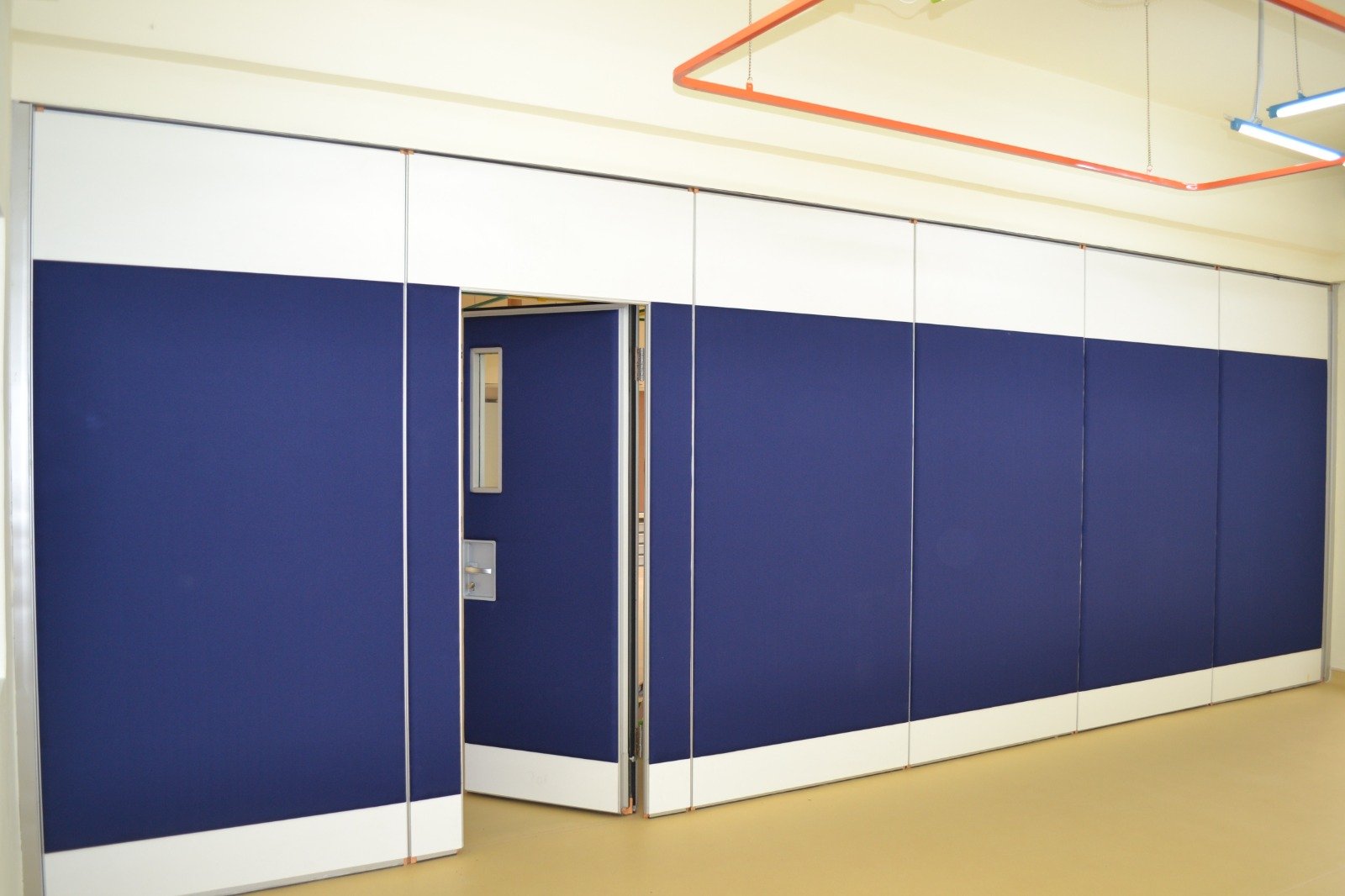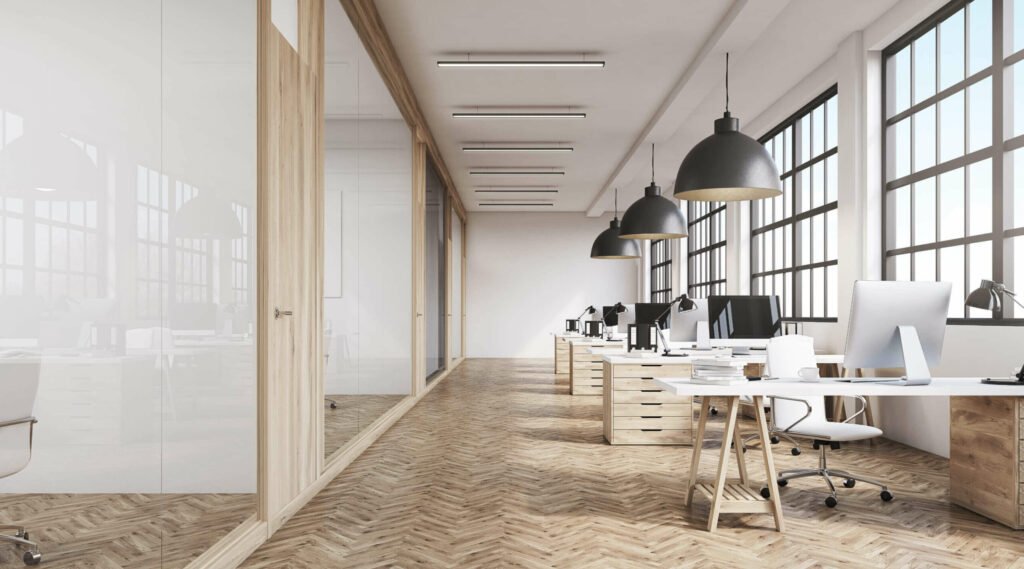
Acoustic Panels: Enhancing Sound Quality and Comfort in Interior Spaces
Acoustic panels, also known as sound-absorbing panels or acoustic wall panels, are specialized architectural elements designed to improve sound quality, reduce reverberation, and enhance acoustic comfort in interior environments. These panels are widely used in various settings, including offices, classrooms, recording studios, theaters, restaurants, and residential spaces, to create quieter, more pleasant surroundings conducive to communication, concentration, and relaxation. In this article, we explore the features, benefits, applications, and considerations associated with acoustic panels, highlighting their significance in contemporary interior design and acoustical engineering.
Features and Construction
Acoustic panels are constructed using sound-absorbing materials that dissipate sound energy upon impact, thereby reducing the reflection of sound waves and minimizing reverberation within a space. Common materials used in acoustic panel construction include:
Acoustic Fabric
Fabric-wrapped panels feature a core of sound-absorbing material, such as fiberglass or foam, encased in a fabric covering. The fabric covering provides aesthetic versatility, allowing designers to choose from a wide range of colors, textures, and patterns to complement the interior décor.
Acoustic Foam
Foam panels are composed of open-cell foam materials with irregular surface textures that scatter and absorb sound waves. These panels are lightweight, cost-effective, and easy to install, making them suitable for a variety of applications, from home theaters to office conference rooms.
Wooden Panels
Wood-based acoustic panels feature perforated or grooved surfaces that enhance sound absorption while adding a touch of warmth and natural beauty to interior spaces. These panels are often used in high-end residential, hospitality, and commercial settings to create visually striking acoustic treatments.
Benefits of
Acoustic Panels
Improved Sound Quality
Acoustic panels mitigate echoes, reverberation, and noise buildup in interior spaces, resulting in clearer speech intelligibility, enhanced music fidelity, and improved overall sound quality.
Noise Reduction
By absorbing and diffusing sound waves, acoustic panels reduce ambient noise levels, creating quieter and more comfortable environments for occupants to work, study, or relax.
Enhanced Privacy
Acoustic panels provide privacy and confidentiality by minimizing sound transmission between rooms, ensuring that conversations and activities remain discreet and undisturbed.
Aesthetic Enhancement
Acoustic panels contribute to the aesthetic appeal of interior spaces, adding visual interest, texture, and dimension to walls and ceilings. With customizable designs and finishes, these panels can complement any design style or architectural motif.
Health and Well-being
By creating acoustically comfortable environments, acoustic panels promote occupant well-being, productivity, and concentration, reducing stress and fatigue associated with excessive noise exposure.
Applications of
Acoustic Panels
Office Environments
Acoustic panels are used in open-plan offices, cubicles, and conference rooms to reduce noise distractions, enhance speech privacy, and improve employee focus and productivity.
Educational Facilities
Acoustic panels are installed in classrooms, lecture halls, and auditoriums to optimize speech intelligibility, minimize reverberation, and create conducive learning environments for students and instructors.
Entertainment Venues
Acoustic panels are essential in theaters, cinemas, concert halls, and recording studios to control sound reflections, optimize acoustics, and ensure optimal sound reproduction for live performances and audio recordings.
Hospitality Settings
Acoustic panels are utilized in hotels, restaurants, and bars to create comfortable dining and socializing environments, reduce noise levels, and enhance the overall guest experience.
Considerations for
Acoustic Panel Installation
Density and Thickness
The density and thickness of acoustic panels determine their sound-absorbing capabilities. Thicker panels with higher density offer greater sound absorption efficiency and performance.
Installation Method
Acoustic panels can be mounted directly onto walls or ceilings using adhesive, clips, or mounting brackets. Proper installation techniques should be followed to ensure secure attachment and optimal acoustic performance.
Aesthetics
Acoustic panels come in a variety of shapes, sizes, colors, and finishes to suit different design preferences and architectural styles. Consideration should be given to aesthetics and visual harmony when selecting and installing acoustic panels in interior spaces.
Placement
Acoustic panels should be strategically positioned in areas where sound absorption is most needed, such as near reflective surfaces, large windows, or high-traffic areas.
Acoustic panels are indispensable architectural elements that play a crucial role in enhancing sound quality, reducing noise levels, and creating acoustically comfortable environments in interior spaces. With their ability to improve speech intelligibility, enhance privacy, and promote occupant well-being, acoustic panels have become essential components of modern interior design and acoustical engineering. By incorporating acoustic panels into architectural projects, designers, architects, and building owners can create healthier, more productive, and aesthetically pleasing spaces that cater to the diverse needs and preferences of occupants.

